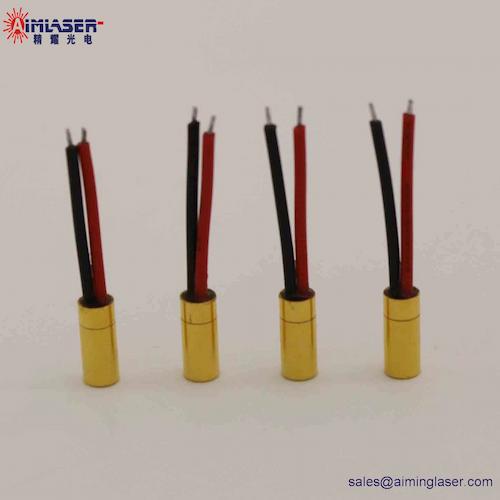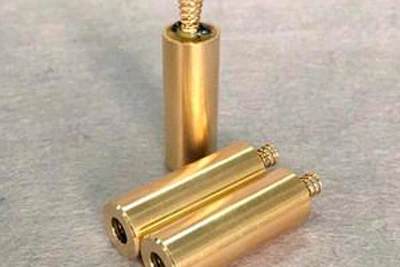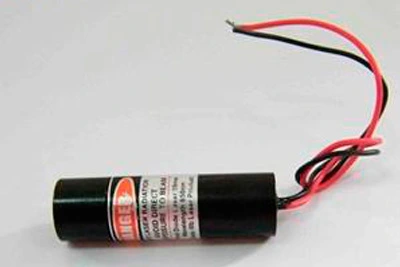The utility model relates to the field of light quantum medical devices, in particular to a light quantum medical device adopting an incoherent monochromatic light source.
The optical medical equipment currently in clinical use and the application of photon technology described in many medical books and magazines are used in the clinical treatment of various diseases. Mainly can be divided into two categories:
The first category is medical devices using laser quantum light sources. Such as: Weng Guoxing "Laser Treatment of Thoracic Cardiovascular Diseases" 1994; Xu Guoxiang "Laser Medicine" 1989; Wang Yuanqing "Laser Acupoint Irradiation and Clinical Application" 1993; Deng Huizhen "Laser Clinical Application" 1997; Yin Guoguo "Cardiovascular and Cerebrovascular Diseases" 2007, etc. 
1. He-Ne laser, the optical power is usually l_30mW, and the wavelength of red light is 630nm;
2. CO2 laser, the optical power is usually 0-30mw, and the infrared wavelength is 10.6 microns;
3. GaAs semiconductor laser, the optical power is usually 0-50mw, and the wavelength of near-infrared light is 900nm;
4. Ar+ laser, the optical power is usually 0-5000mw, the blue-green wavelength is 480nm.
The above-mentioned traditional laser medical equipment has a long light wavelength, and the interaction between the laser and biological cells is mainly manifested as a thermal effect, which is easy to cause local burns.
Laser has the four characteristics of good directivity, coherence, monochromaticity and high brightness (high optical power density), which are the reasons why lasers are widely used in many fields. However, in clinical phototherapy, especially when low-level lasers are used for skin or acupoint irradiation, there are no special requirements for directionality and coherence; to achieve the therapeutic effect, only: (1) The output wavelength of light should fall into the blood to absorb light The peak range of the light, that is, the monochromaticity of light; (2), the light quantum density falling into the lesion meets the medical threshold requirement, that is, the output light power density.
The second category is medical devices that use incoherent light sources. Incoherent light sources are cheap and long-lived, and can achieve the medical effects of lasers. For example, the light quantum source medical technology and equipment disclosed in Chinese Patent CN1219433A introduces medical equipment using incoherent monochromatic light sources. However, this patent only theoretically proposes the feasibility of using incoherent monochromatic light sources to replace lasers, and there are still defects such as light spot dispersion. In practical applications, from a medical point of view, from the point of view of human body being treated with light, it is still necessary to combine the biological characteristics of the human body to make scientific procedures for the output power of incoherent monochromatic light, irradiation time and other parameters. Irradiation without regulations may lead to ineffective treatment and even side effects.

